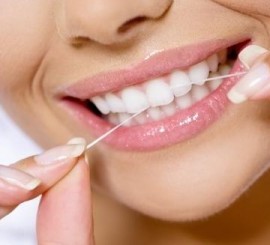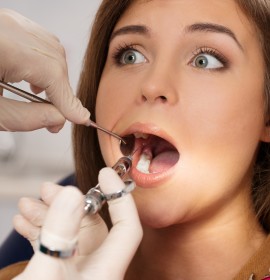
Tooth brush and dental care.
Preventive Dentistry . Uncategorized

As we know there are different types of tooth brush in market in that your dental team will be able to recommend a toothbrush suitable for you. Daily brushing and cleaning between your teeth is important. If the plaque isn’t removed, it continues to build up, feeding on the bits of food left behind and causing tooth decay and gum disease.

However, adults should choose a:
- Small to medium sized brush head,
- multi-tufted,
- Round-ended nylon bristles or ‘filaments’,
- It should be enough to reach into all parts of the mouth: especially the back of the mouth.
Children needs to use smaller brushes but with the same type of filaments.
For instance, people with sensitive teeth can now use softer-bristled brushes.
There are also smaller-headed toothbrushes for people with crooked or irregular teeth.
Some people find it difficult to hold a toothbrush, for example because they have Parkinson’s disease or a physical disability. There are now toothbrushes which have large handles and angled heads to make them easier to use.

Electric toothbrushes or power brush:
A power brush has an oscillating rotating or vibrating head, which provides a large amount of cleaning action with very little movement needed from the user, still need to position the brush correctly.
Tests have shown that they are more effective at removing plaque. Those with heads that rotate in both directions are the most effective. They are particularly useful for people with limited movement of the arm or hand, such as disabled or elderly people, who often find that using a normal toothbrush does not allow them to clean thoroughly. Power brushes can also be better for children as they may be more likely to brush regularly because of the novelty of using a power brush.

It’s needed to change toothbrush
Worn out toothbrushes cannot clean your teeth properly and may damage your gums. Its better to change toothbrush every two to three months, or sooner if the filaments become worn.





